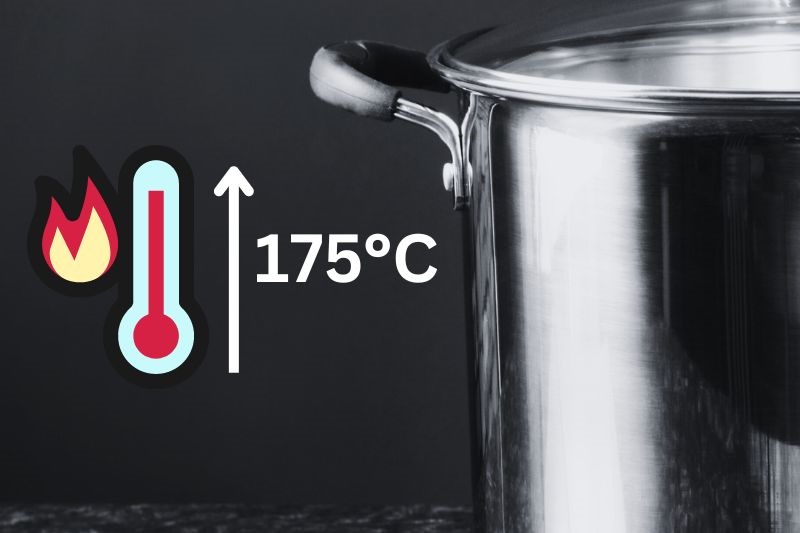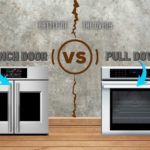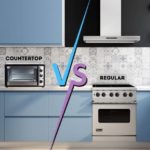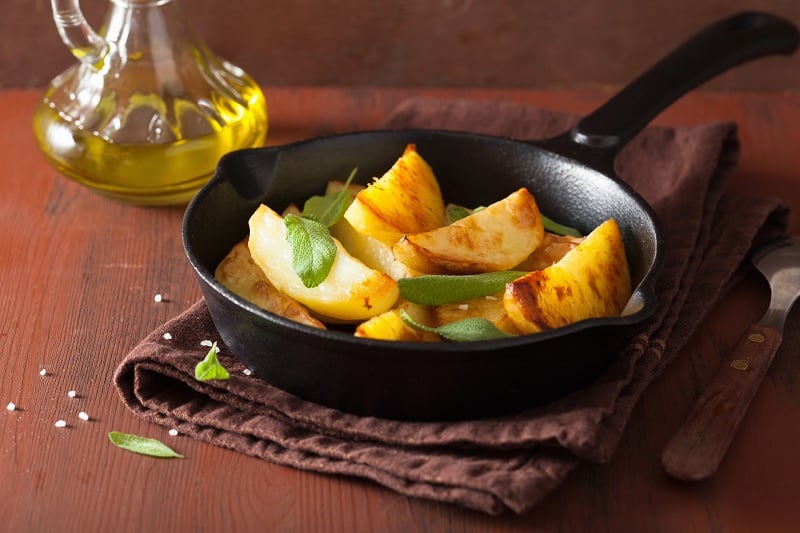If you’re buying new pots and pans and would love to use them in the oven as well as on the hob, you may be wondering whether Bakelite handles are oven proof.
After all, when you’re shoving your pans into the oven, it would be great if they came out in the same condition without leaving the handle behind in a sticky, gooey mess on the bottom of the oven.
So, is Bakelite ovenproof? Let’s see, shall we?
Is Bakelite Oven Proof?

Bakelite is safe up to about 175 degrees Celsius for a limited time.
It can be safely used at continuous operating temperatures of a maximum of about 120 degrees Celsius.
Some cookware manufacturers recommend that you don’t use their cookware with Bakelite in the oven or even in the dishwasher. This is because Bakelite doesn’t handle very high heat very well for any length of time.
Plus, ovens have hot spots, so there is a chance that the handle could be getting much hotter than the temperature control of your oven suggests.
You may be thinking, “but such and such cookware company states that you can use their Bakelite handles in the oven up to 350 degrees Fahrenheit”. This is true; there are many cookware companies using Bakelite handles that claim they are fine to use at these temperatures.
Bakelite can hold up at a temperature of this temperature 350 degrees Fahrenheit or roughly 175 Celsius for a while, but not for very long. So, the handle is likely to fail before your omelette is ready.
So, is Bakelite oven proof? Sort of! While you can use Bakelite in your oven at very low temperatures, it is best not to.
Instead, invest in some cookware that doesn’t have these restrictions. Find cookware with handles that are made from the same materials as the body of the pot or pan. That way, you can be sure the handle will be fine.
Why Is Bakelite Used in Cookware?
So, if Bakelite isn’t really suitable for the oven, why is it used in cookware? Well, Bakelite is a thermosetting polymer that is scratch-resistant, strong and heat resistant up to a point.
It doesn’t heat up too much while the pan is being used, so it can still be handled throughout the cooking process.
One of the reasons that Bakelite isn’t suitable for use in the oven is in the name of it. It is a thermosetting polymer. This means that you heat it up, melt it and pour it into a mould to create the handle.
While you need to heat it up to higher temperatures than most ovens can go to in order to make it molten, any time spent at higher temperatures in ovens (most cooking temperatures, for example) can cause slight melting, cracking or discolouration. You are basically turning the surface of the Bakelite back into its liquid state.
What Pans Can You Use in the Oven?

If you do want to use your pans and pots in the oven as well as on the hob, it is best to use pans with metal handles.
So, stainless steel pots and pans and pans with stainless steel handles that are riveted on are a great option.
It is best to avoid all plastic handles and any pans that have a non-stick coating as well.
Carbon steel pans are also great, and so are copper pans. Basically, a pan with all-metal construction is the best thing to use in the oven.
We’ve written about which pans are oven safe and the best hob-to-oven pans in separate articles.
We hope this look at Bakelite has helped you. Bakelite is a great handle material, and many good quality pots and pans use it.
If you never intend to put your cookware in the oven, then, by all means, use it in your kitchen. However, if you do want to put your pots and pans in the oven, consider investing in metal cookware.
Chef’s Pick has some of the best metal cookware in the UK available right now.

Scott is a writer and a passionate home chef. His passion for cooking began when he was 10 years old. Scott has been writing professionally for over five years now and loves to combine his passion for cooking with his day job.







